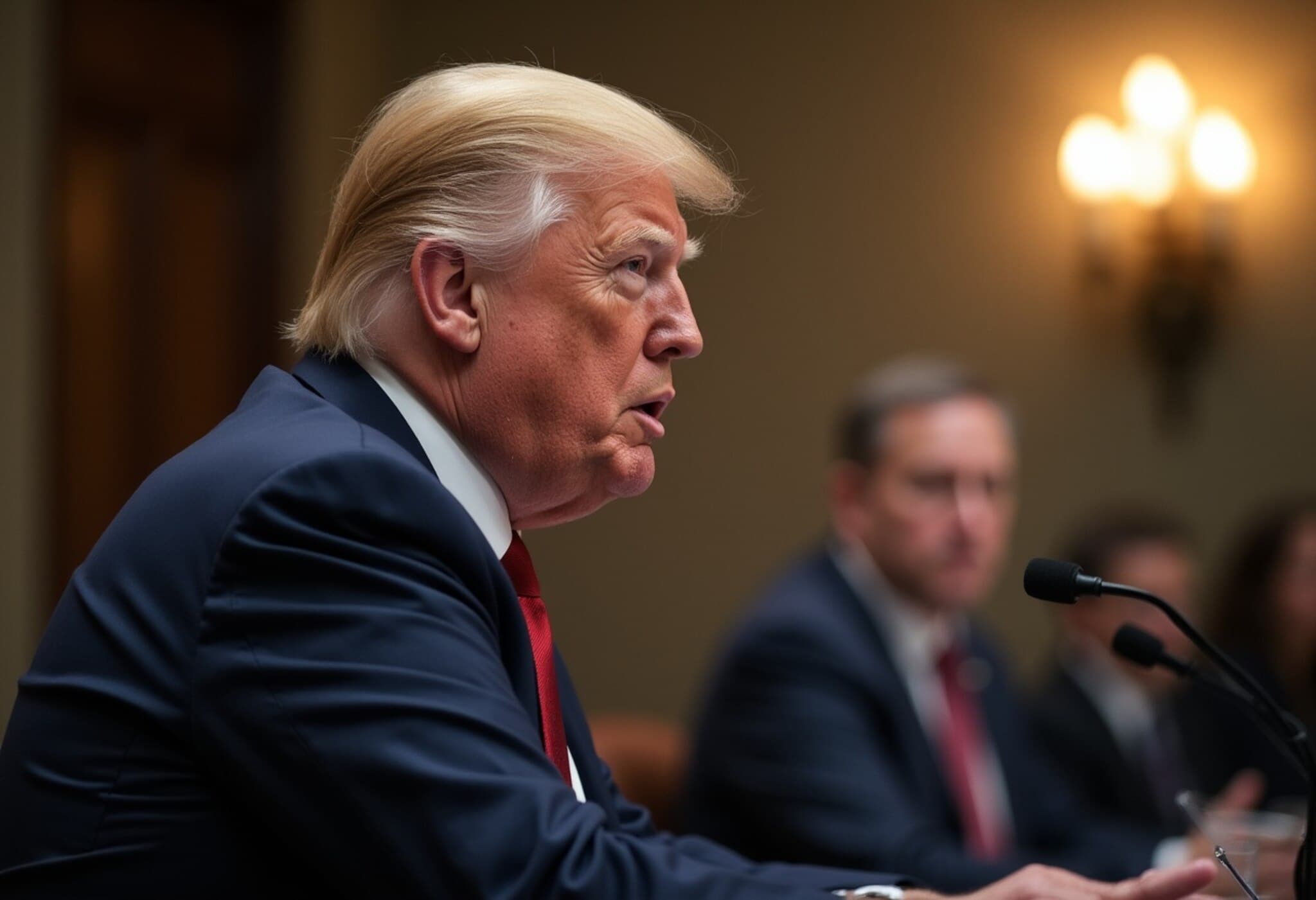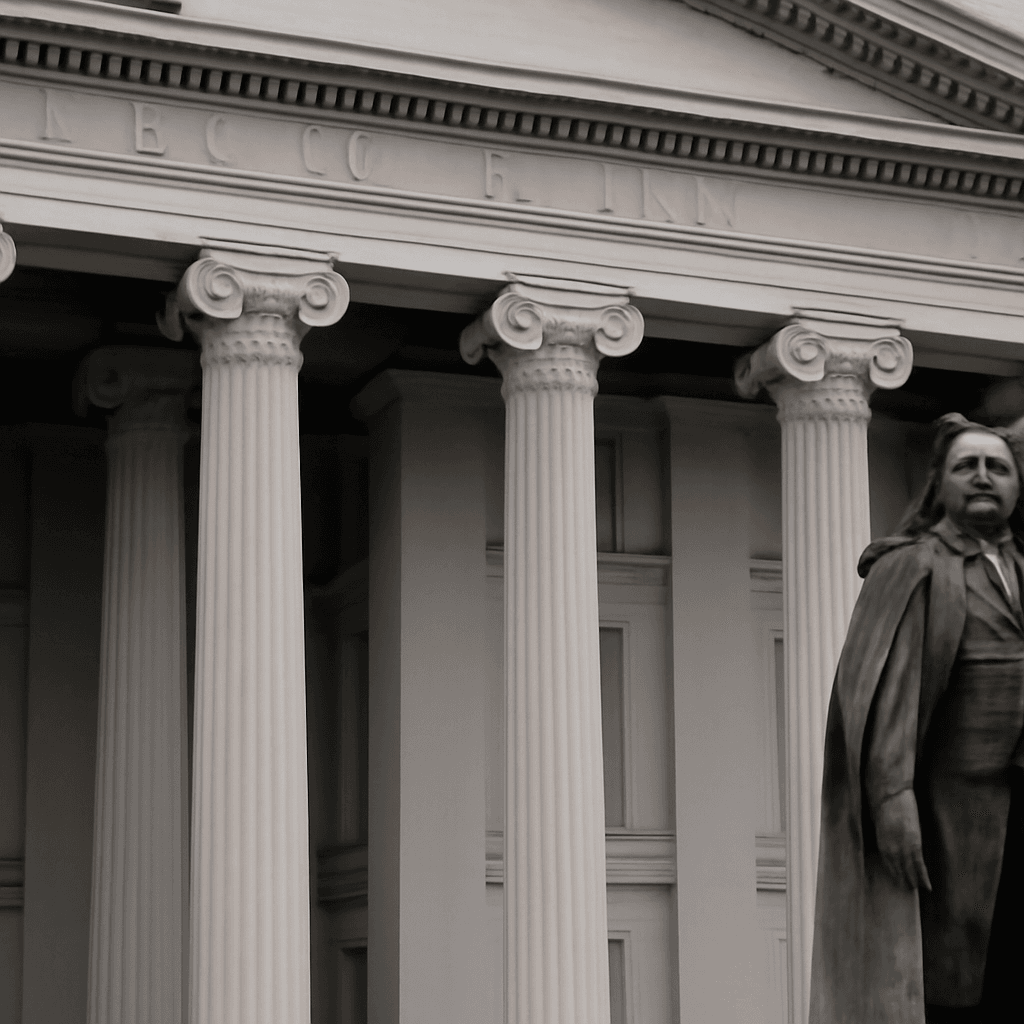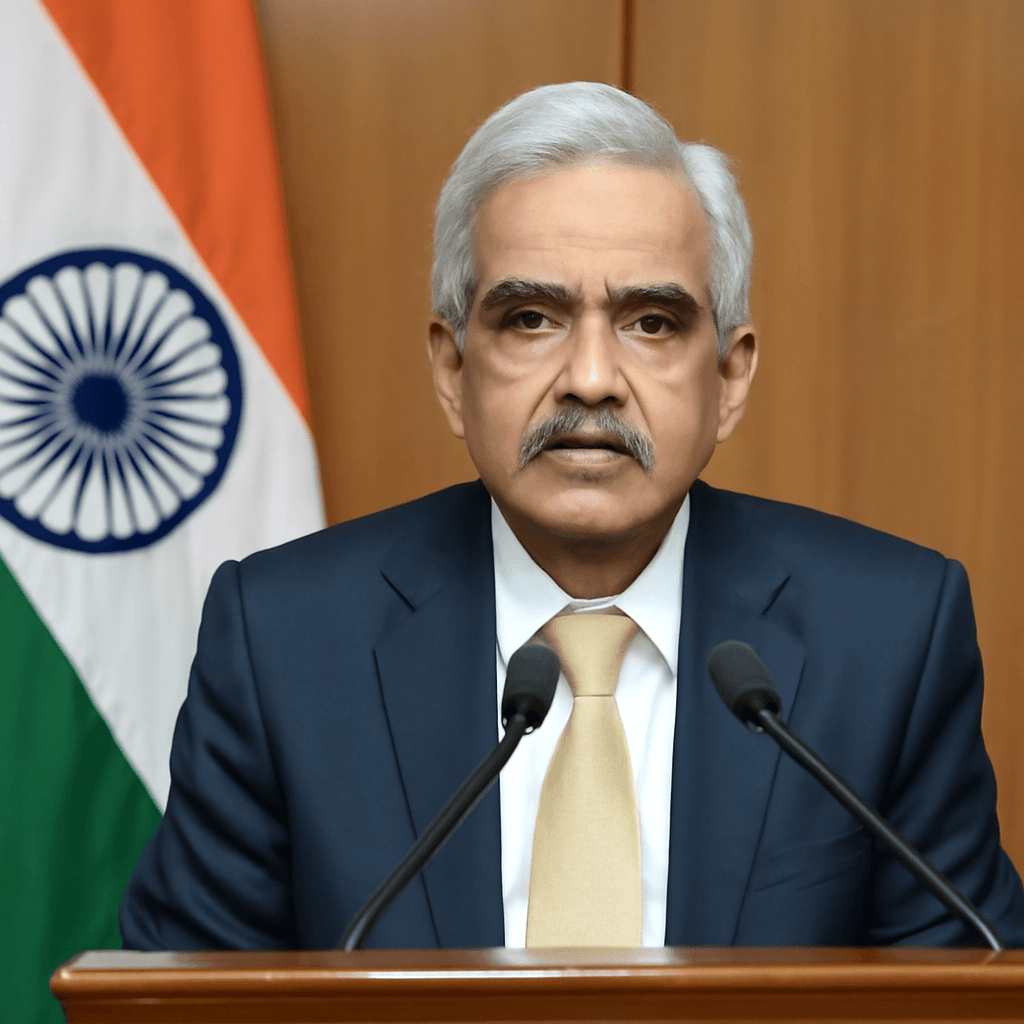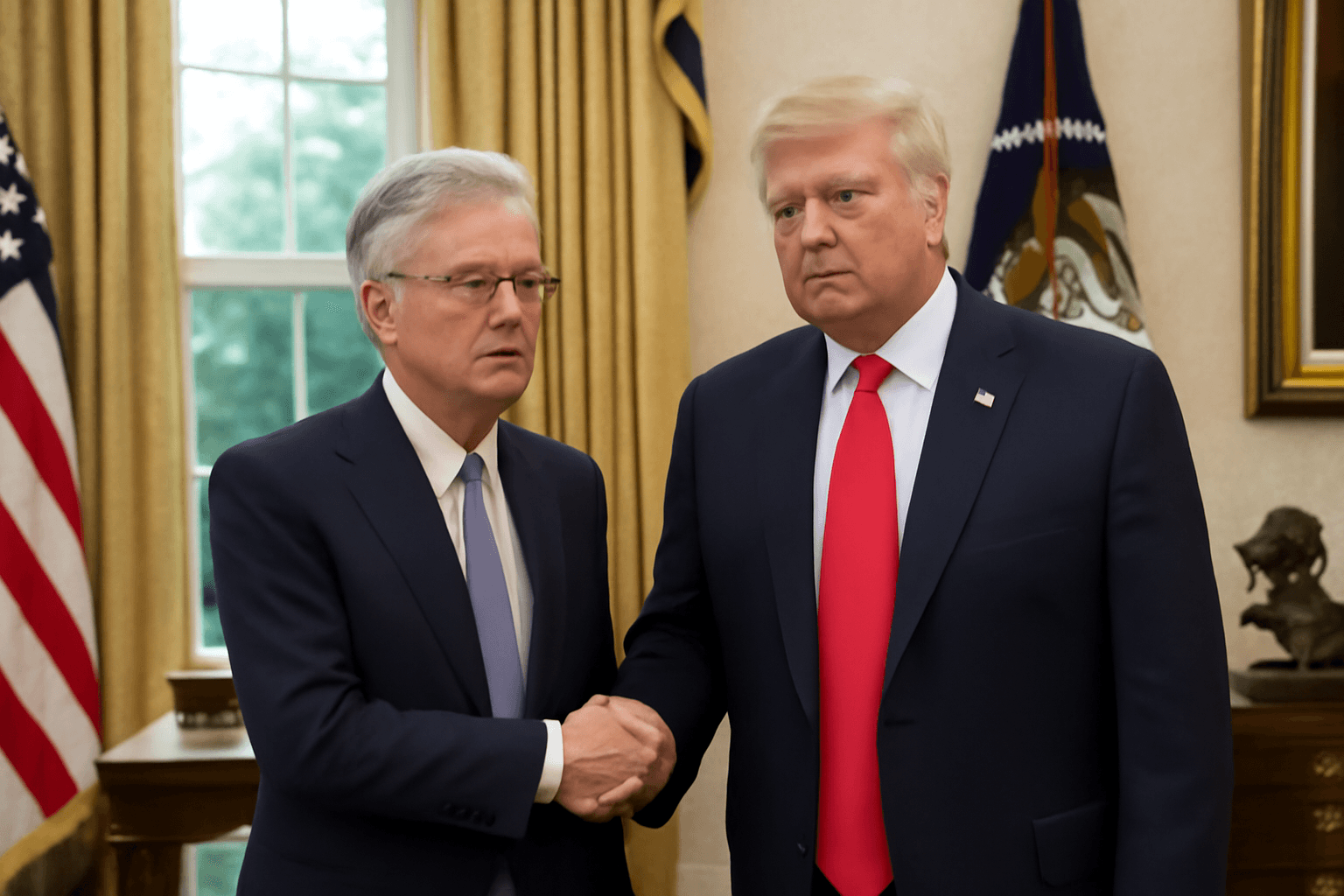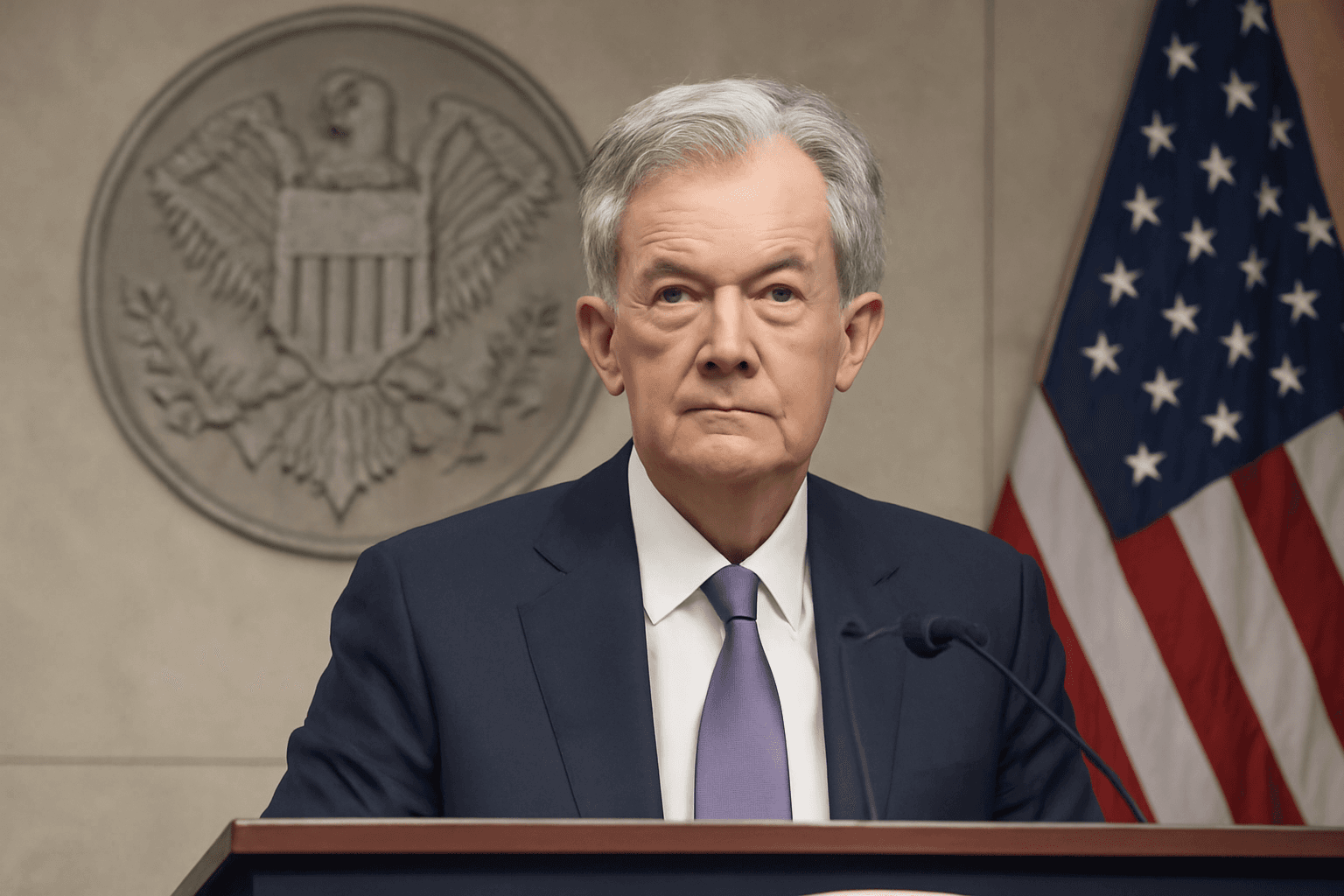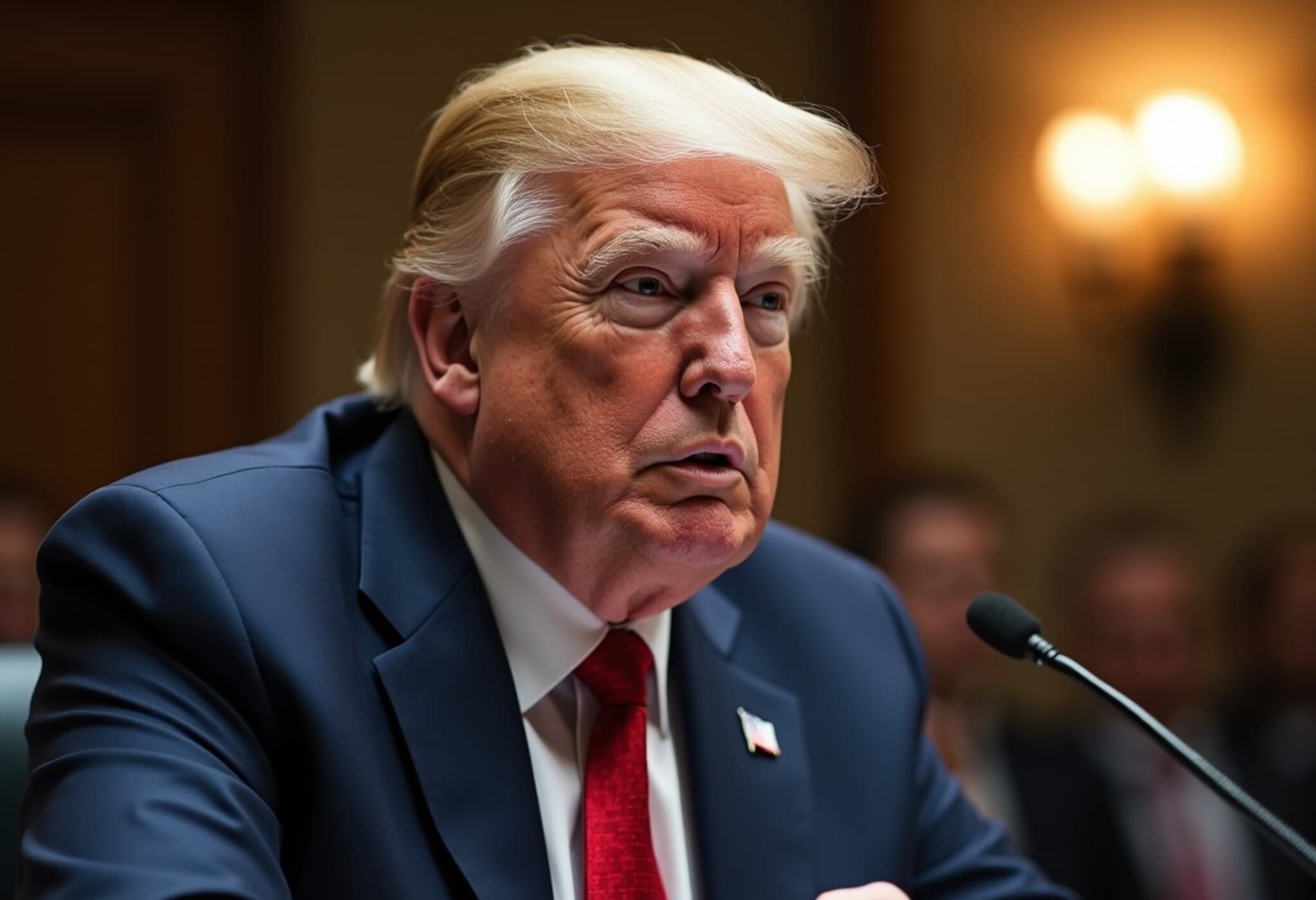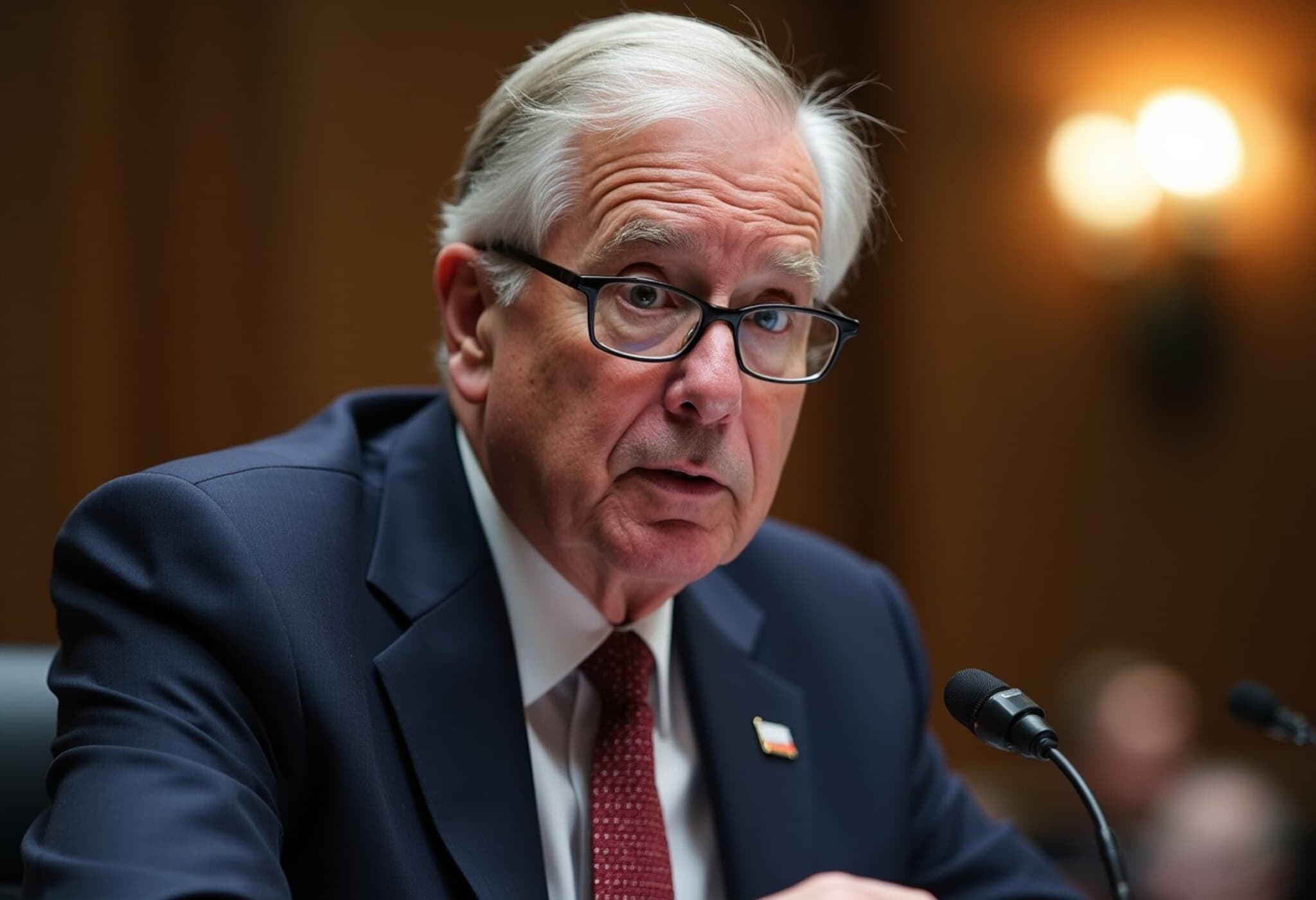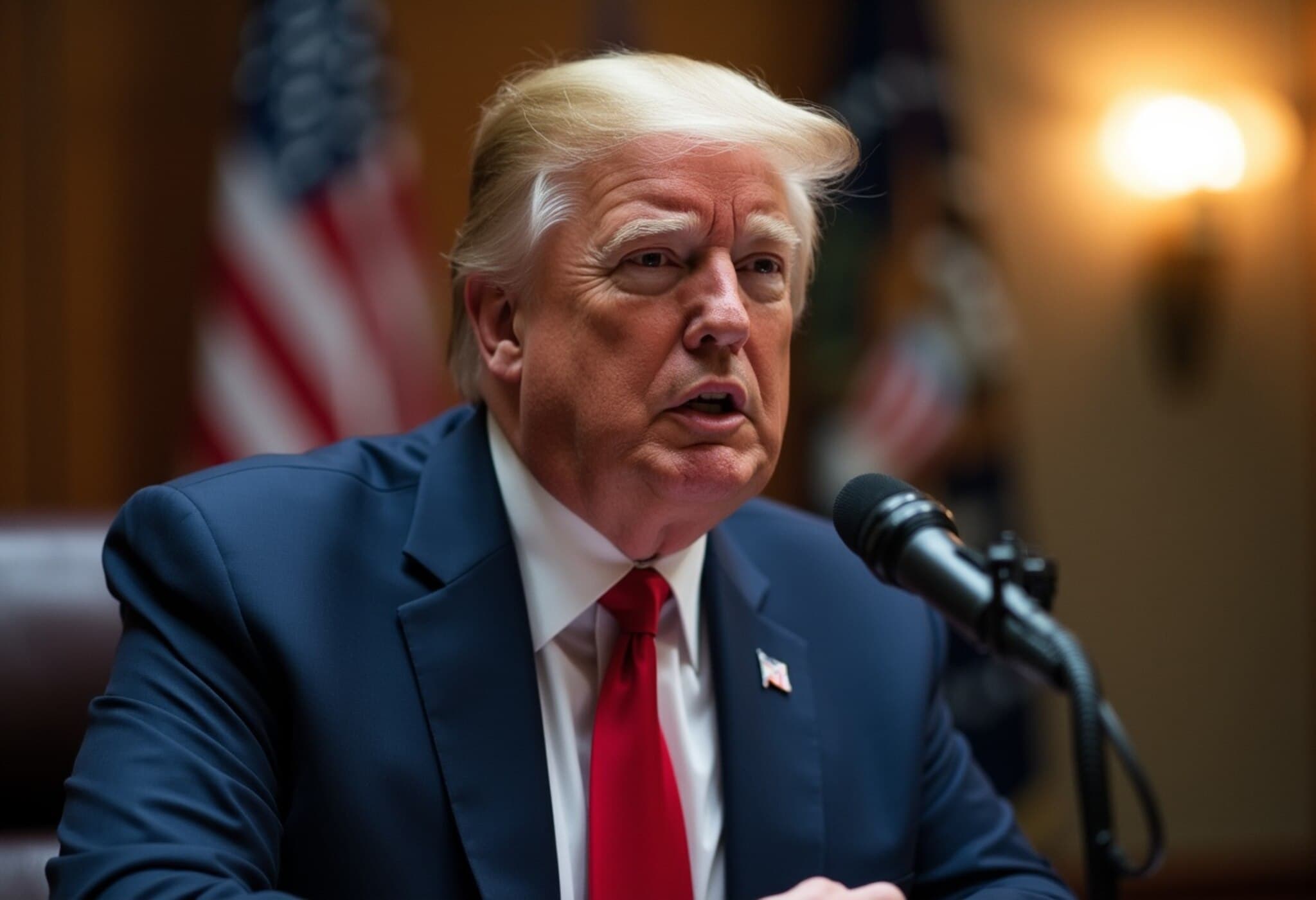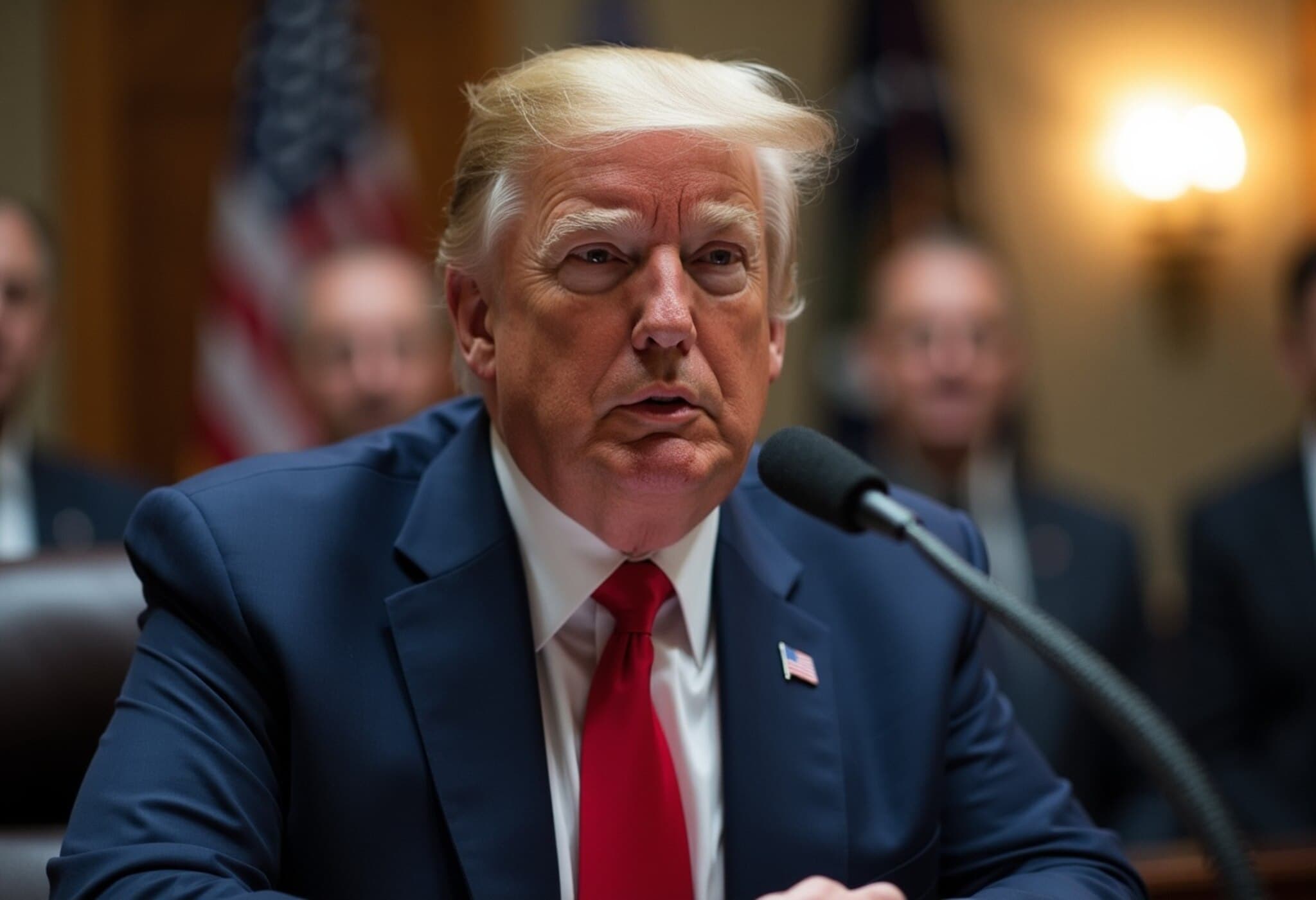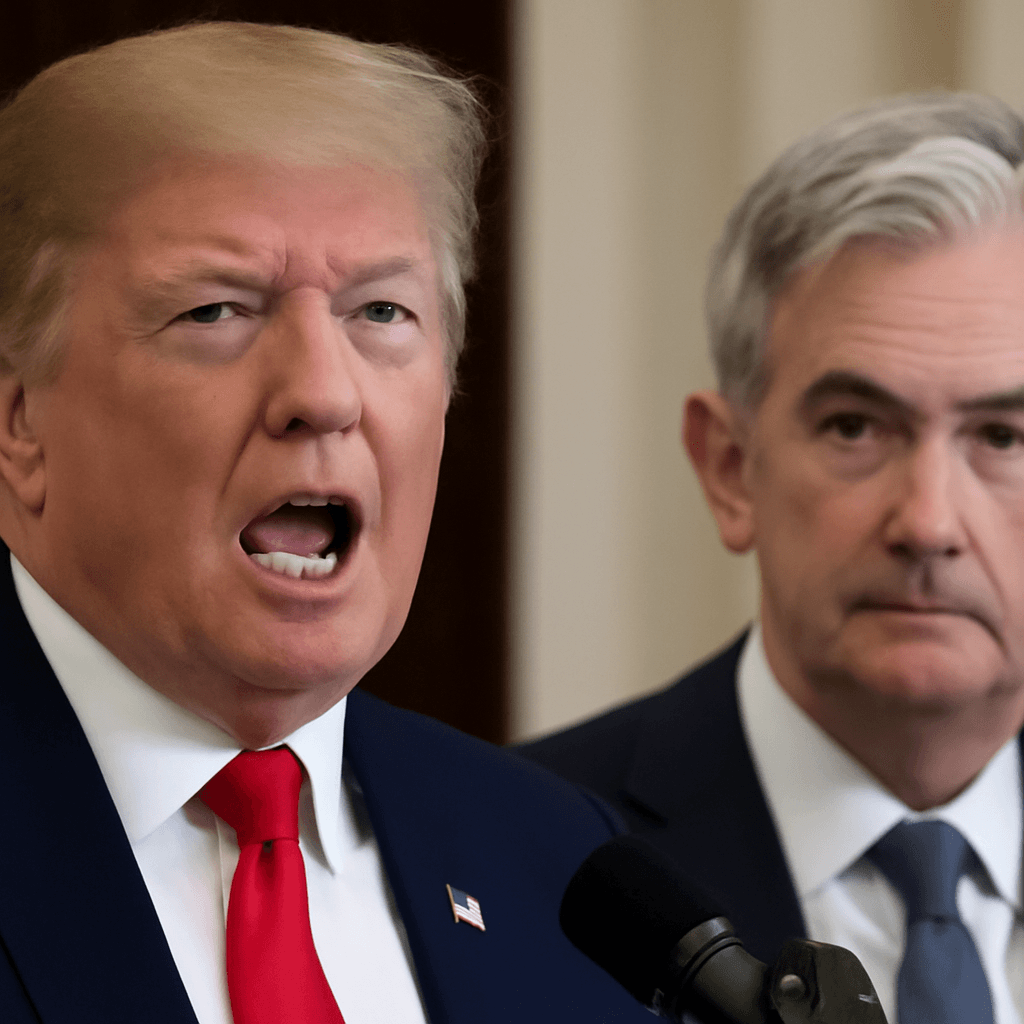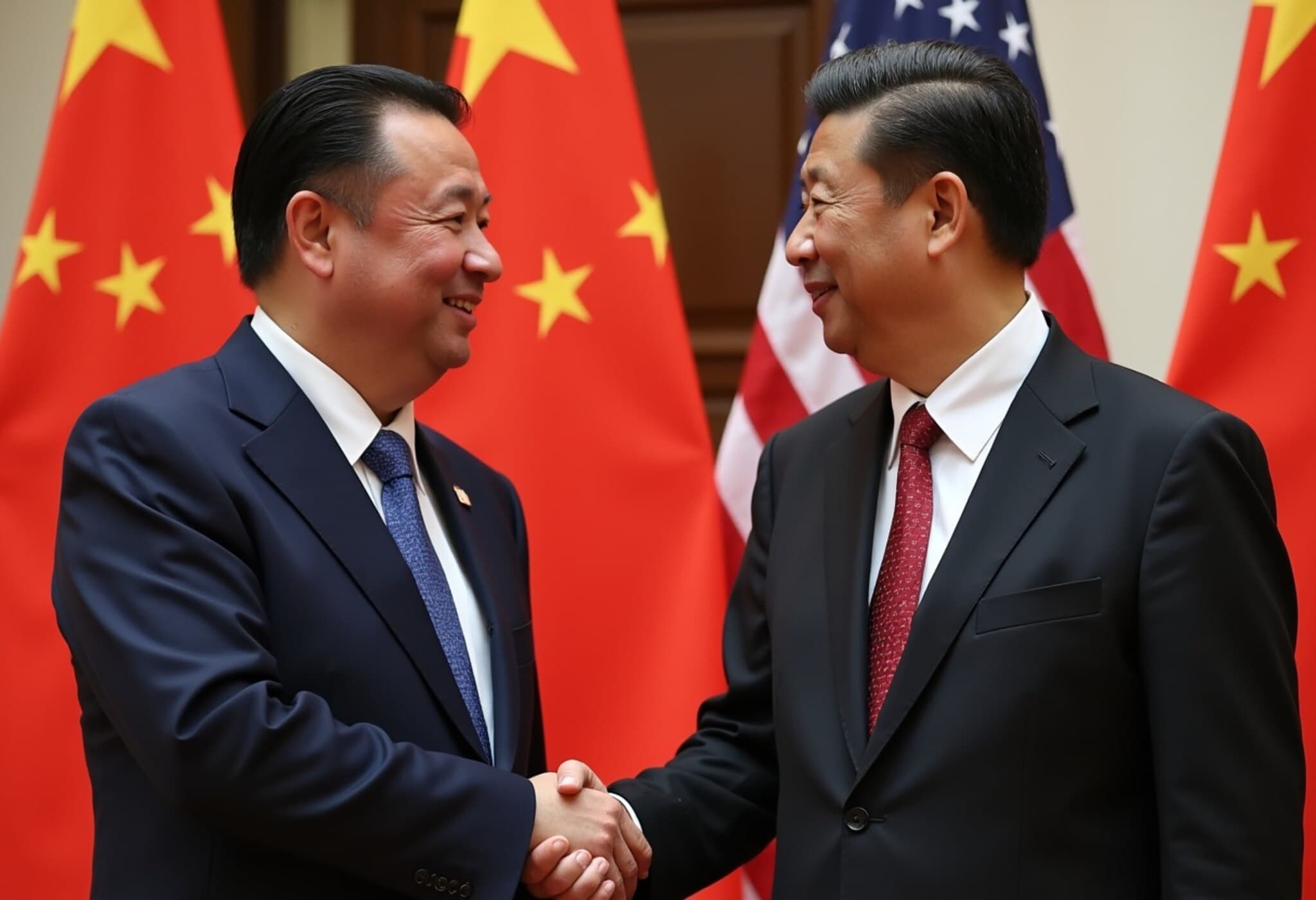Trump’s Escalating Criticism of Fed Chair Jerome Powell
In a move that has startled financial markets and policy experts alike, President Donald Trump has intensified his verbal assault on Federal Reserve Chair Jerome Powell. This recent flare-up has sparked widespread speculation about whether Trump might attempt to remove Powell from his post — a prospect that would send shockwaves through the investing world and raise profound questions about the independence of America’s central bank.
Can the President Fire the Fed Chair?
Legally, the answer is complex. According to a landmark Supreme Court ruling, the Federal Reserve and its leadership cannot be treated like ordinary federal employees subject to at-will dismissal by the president. The 1935 case Humphrey's Executor v. United States established that the Fed chair can only be removed for cause, including inefficiency, neglect of duty, or malfeasance in office. So far, despite harsh criticisms, no formal cause has been presented by the White House.
The Veiled Legal Challenge Behind the Latest Attacks
Recently, Office of Management and Budget Chair Russell Vought accused Powell of mismanaging a costly renovation of the Marriner Eccles Federal Reserve building, comparing its budget overruns to the extravagant construction of the Palace of Versailles. Powell has firmly denied these allegations, characterizing them as unfounded. Yet, these statements could be interpreted as an attempt by the administration to create a pretext — however tenuous — to challenge Powell’s leadership.
Unprecedented Personal Attacks from the Commander-in-Chief
Unlike previous presidents who might have privately disagreed with Fed policies, Trump has broken with tradition by publicly resorting to ad hominem attacks. He has called Powell “a very stupid person” and “dumb,” while blaming him for not lowering interest rates swiftly enough. This harsh rhetoric undermines the professional respect customarily accorded to a central banker and raises deep concerns about political interference.
Disputing the Direction of Monetary Policy
Trump’s primary grievance centers on interest rates — specifically, that the Fed’s federal funds rate remains significantly elevated, in his view hindering economic growth. Trump has advocated for rates near 1%, more than 3 percentage points below current levels, arguing this would reduce borrowing costs and ease the federal debt burden.
However, experts stress that the Fed’s statutory dual mandate focuses on maximum sustainable employment and price stability, not debt financing. Further, some economists warn that artificially low rates risk stoking inflation and encouraging excessive government spending — concerns that Powell and his colleagues have taken seriously amid ongoing global trade tensions, such as tariffs that threaten to reignite inflationary pressures.
The Grave Risk to Fed Independence and Market Confidence
Should the administration press forward in efforts to remove Powell or pressure the Fed to cut rates precipitously, the consequences could be profound and lasting. The Fed’s independence is a cornerstone of U.S. monetary credibility, reassuring investors worldwide about the stability of the dollar and the safety of U.S. Treasury bonds.
If the Fed’s leadership becomes politicized — answering directly to presidential directives rather than economic indicators — foreign investors may lose confidence. This could trigger a sell-off of U.S. assets, undermining the dollar’s reserve currency status and destabilizing global markets.
Potential Successors and Market Reactions
The Wall Street Journal recently named Kevin Hassett, current director of the National Economic Council and known for his controversial forecasting during the early Covid crisis, as a potential Fed Chair candidate. Should someone more politically aligned with Trump replace Powell, skepticism about the Fed’s autonomy and expertise could intensify further.
Why This Matters: Lessons from History
Investors and policymakers alike cannot overlook the lessons of the 1970s, an era marked by stagflation and economic turmoil partly fueled by erratic monetary policies and political interference. Preserving the Fed’s ability to make decisions independently, based on data and economic analysis rather than political expediency, is crucial to avoiding similar pitfalls and maintaining America’s financial stability.
Editor’s Note
The prospect of a president openly challenging the Federal Reserve Chair in such personal and legalistic terms marks a critical juncture for American monetary policy. This evolving story underscores essential questions about governance, institutional independence, and the broader implications for global financial markets. Will the Trump administration respect the established legal boundaries protecting the Fed, or will political considerations override decades of carefully constructed set of safeguards? Investors and observers will be watching closely.

